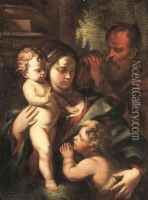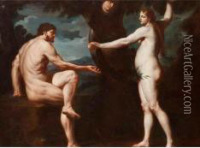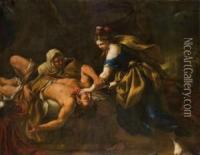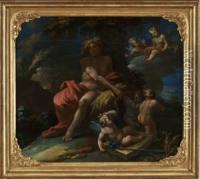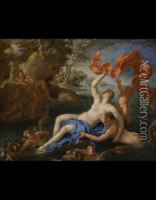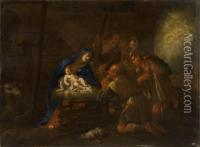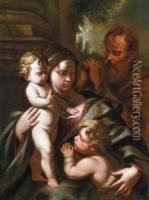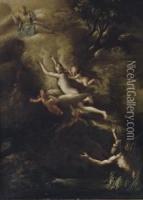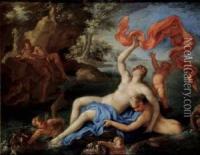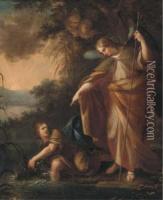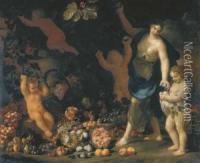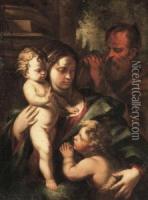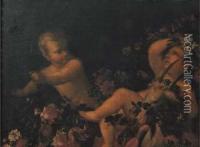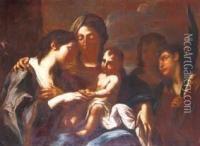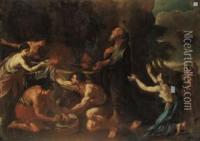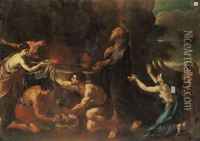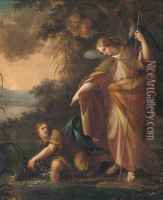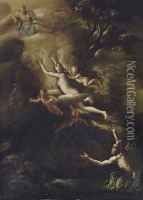Nicola Vaccaro Paintings
Nicola Vaccaro was an Italian painter of the Baroque period, born in 1640 in Naples. He was a part of the large and vibrant art scene in Naples during the 17th century, which was a pivotal period for the development of Baroque painting in the city. Vaccaro's work is characterized by its dynamic compositions, dramatic use of light and shadow, and a rich, vibrant palette, typical of the Baroque style.
Vaccaro initially trained under his father, Tommaso Vaccaro, who was also a painter, before furthering his studies under the tutelage of the celebrated Neapolitan painter Luca Giordano. This apprenticeship had a significant influence on Vaccaro's artistic development, as Giordano was known for his speed of painting and the grandeur of his works, which fused the naturalism of the Neapolitan tradition with the color and dynamism of Venetian painting.
Throughout his career, Nicola Vaccaro worked on various religious commissions for churches in Naples, often painting altarpieces and frescoes that showcased his skill in creating powerful religious narratives. He also produced works for private patrons. His paintings often featured biblical and mythological subjects, executed with a strong sense of movement and emotional intensity.
Despite his successful career, Nicola Vaccaro's work was eventually overshadowed by his contemporaries and by the next generation of artists. After his death in 1709, his contributions to the Baroque movement in Naples were somewhat eclipsed by the more prominent figures of the time, such as Giordano and, later, Francesco Solimena.
Today, Nicola Vaccaro is recognized for his role in the flourishing Baroque art scene of 17th-century Naples. His works can be found in various churches and collections, where they continue to be appreciated for their emotional power and artistic vigor. Vaccaro's legacy survives as an example of the rich artistic heritage of Naples and the Baroque period.
